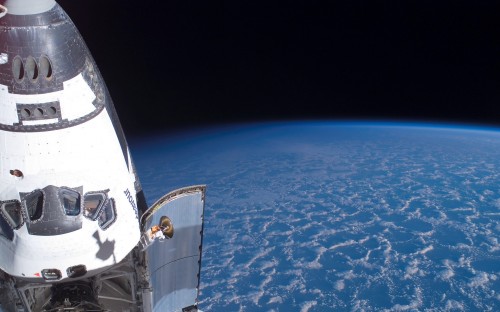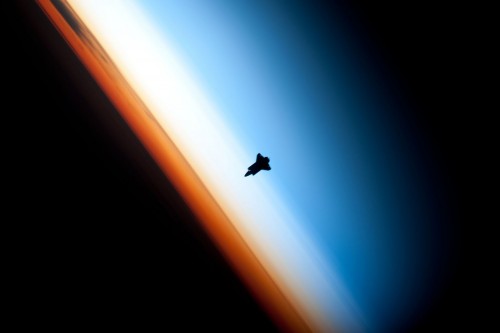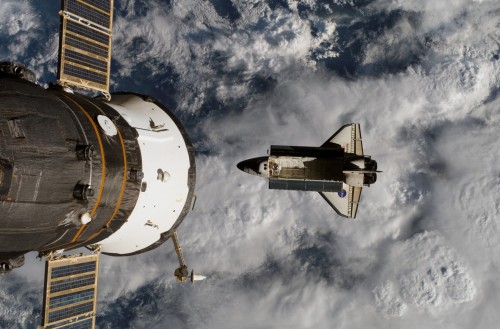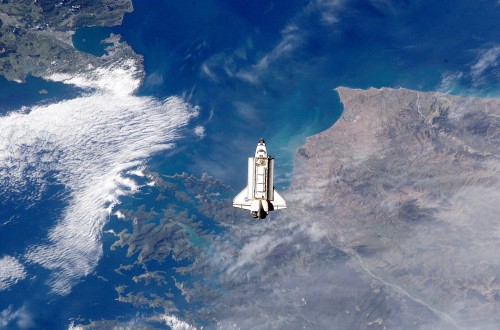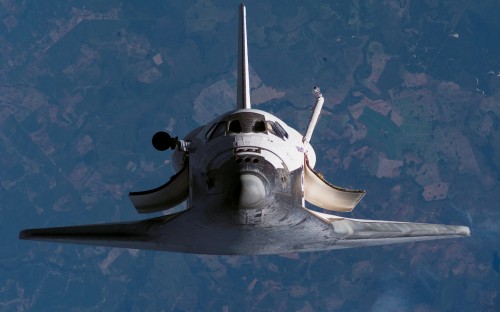Posted by CHa0s
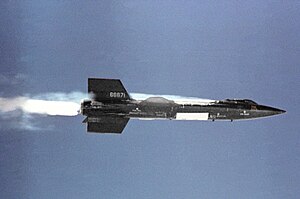 Discounting the possibility of Atlantis and history as it’s told in the Halo story, man’s first venture in a space-plane occurred June 8, 1959 in the X-15. This rocket-powered aircraft as of 2012 holds the official world record for the fastest speed ever reached by a manned aircraft.
Discounting the possibility of Atlantis and history as it’s told in the Halo story, man’s first venture in a space-plane occurred June 8, 1959 in the X-15. This rocket-powered aircraft as of 2012 holds the official world record for the fastest speed ever reached by a manned aircraft.
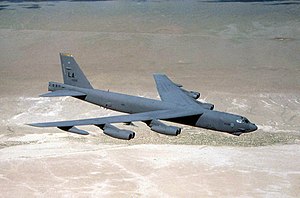
Apparently, the term “mothership” isn’t just found in sci-fi stories of space battles against overwhelming odds; the X-15 was designed to be carried under the wing of a B-52, it’s mothership. The B-52 also carries the additional titles “Stratofortress”, a pretty badass name in itself, as well as being referred to by personnel as BUFF – Big Ugly Fat/Flying F***er/Fellow. This mothership flies into our atmosphere around 8.5 miles up, and drops the X-15 while traveling at approximately 500 mph (805 kph).
There are a number of differences between space-plane and other plane designs. To save mass and volume in the design of the ship that would be taken up by the vast amounts of fuel required to reach space from earth, they are designed to be deployed into our atmosphere via rocket or mothership. The integrity of the vehicle has to survive the force of main engine start, accelerations at high speeds, and flight in our highest altitudes and space, as well as re-entry into the thicker air of our atmosphere and landing.
The spaceplanes that most are familiar with are the Space Shuttles, or Space Shuttle Orbiters. Wikipedia describes an orbiter as a reusable winged space plane with a mixture of rockets, spacecraft and aircraft. Six Orbiters have been created: Enterprise, Columbia, Challenger, Discovery, Atlantis and Endeavor.
NASA had already begun development on the new line of vehicles for transportation of man and equipment into space when government decisions ground the Constellation Program to a halt (don’t worry: like man is really going to stop exploring space, come on now!). The Atlas I and Atlas V are designed to transport scientists and equipment into space, the difference being Atlas I could deliver those humans alive, while Atlas V is larger and wouldn’t have to be as careful. Testing underway when the program was cancelled had discovered vibration in Atlas I that probably could have scrambled brains in their casings, but engineers were confident that buffer systems could be created to damp that effect.
Atlas V was used in April 2010 to successfully deploy the Boeing X-37 in it’s first space flight. The X-37 began as a NASA project in 1999 before being transferred to the U.S. Department of Defense in 2004 and had gone through various testing and design tweaks since that time, in preparation for the space flight.

Decisions are still being made by NASA and the U.S. government, deciding where funding will go next, but the Space Shuttles are being retired and in May of 2011, Space Shuttle Endeavor made its last flight and was officially decommissioned. Today, Endeavor is making it’s way piggy-back style across the country as fans honor it on it’s way to it’s new home, California Science Center at Exposition Park in Los Angeles.






